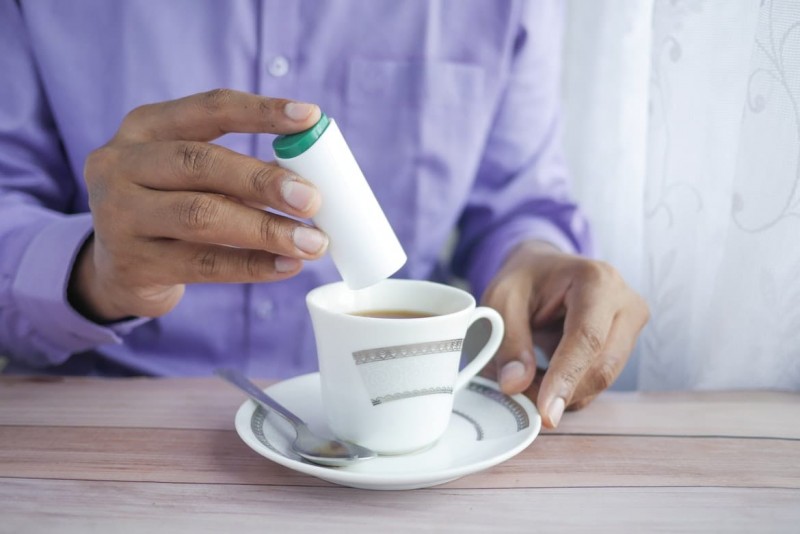
Heat waves can be particularly challenging for individuals with diabetes, commonly referred to as sugar patients. Managing blood sugar levels becomes even more crucial during hot weather, as high temperatures can affect insulin absorption and increase the risk of dehydration and heat-related illnesses. To navigate these challenges, it's essential for sugar patients to adopt proactive measures to stay cool and hydrated while safeguarding their health.
Understanding the Risks of Heat Wave and Heatstroke
Heat Wave Impact on Blood Sugar Levels: High temperatures can impact the body's insulin requirements, potentially leading to fluctuations in blood sugar levels. Sugar patients need to monitor their blood glucose levels more frequently during hot weather to adjust their insulin dosage accordingly.
Dehydration Risk: Excessive sweating and increased urination due to heat can lead to dehydration, which can exacerbate diabetes symptoms and complications.
Heatstroke Danger: Heatstroke, a severe heat-related illness, can occur when the body's temperature rises to dangerous levels. Sugar patients are at a higher risk of heatstroke due to factors such as dehydration and underlying health conditions.
Expert Recommendations for Sugar Patients During Heat Waves
1. Stay Hydrated
Drink Plenty of Water: Sugar patients should aim to drink at least 8-10 glasses of water per day, or more if sweating excessively.
Avoid Sugary Drinks: Opt for water or sugar-free beverages to prevent spikes in blood sugar levels.
2. Monitor Blood Sugar Levels Regularly
Frequent Monitoring: Check blood glucose levels more frequently during hot weather, especially if engaging in outdoor activities.
Adjust Insulin Dosage: Work with a healthcare provider to adjust insulin dosage as needed to account for changes in activity levels and heat.
3. Keep Cool
Stay Indoors During Peak Heat Hours: Avoid outdoor activities during the hottest parts of the day, typically between 10 a.m. and 4 p.m.
Use Air Conditioning: Stay in air-conditioned environments as much as possible to prevent overheating.
4. Dress Appropriately
Wear Lightweight, Breathable Clothing: Choose loose-fitting, light-colored clothing made from breathable fabrics to help stay cool.
Protective Accessories: Wear a wide-brimmed hat and sunglasses to shield yourself from the sun's rays.
5. Plan Ahead for Outdoor Activities
Hydration and Snacks: Carry water and snacks with you when venturing outdoors to stay hydrated and maintain blood sugar levels.
Take Breaks: Pace yourself and take regular breaks in shaded or cool areas to prevent overheating.
6. Be Prepared for Emergencies
Know the Signs of Heatstroke: Recognize the symptoms of heatstroke, including high body temperature, rapid pulse, and confusion, and seek immediate medical attention if necessary.
Emergency Contacts: Keep emergency contact information readily available in case of heat-related emergencies.
By following these expert recommendations, sugar patients can effectively protect themselves from the adverse effects of heat waves and reduce the risk of heatstroke. Staying hydrated, monitoring blood sugar levels regularly, keeping cool, dressing appropriately, planning ahead for outdoor activities, and being prepared for emergencies are essential strategies for maintaining health and well-being during hot weather conditions.
Kia Sonet achieved this milestone, sold 4 lakh vehicles in less than four years
New update in Tesla's Cybertruck, many new features included